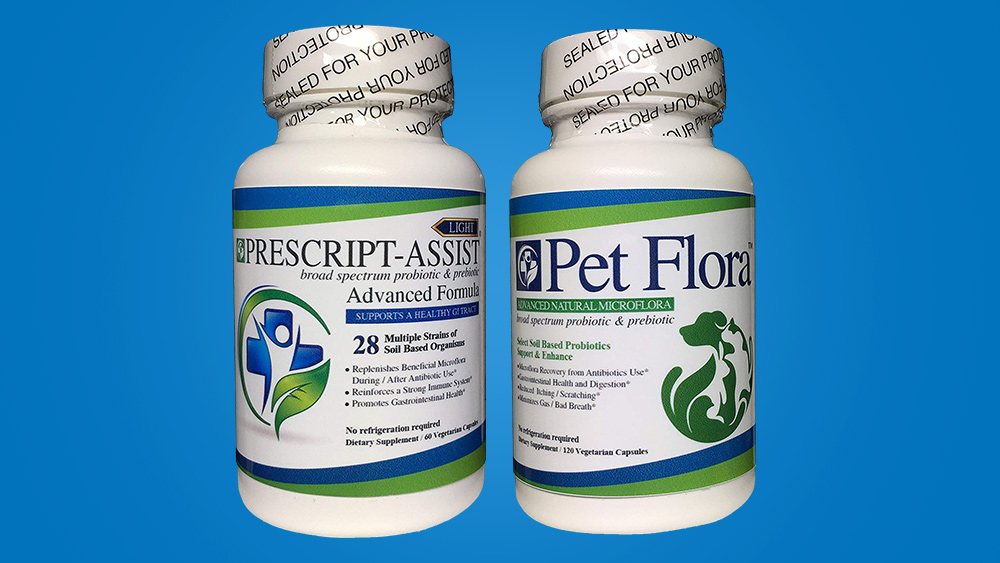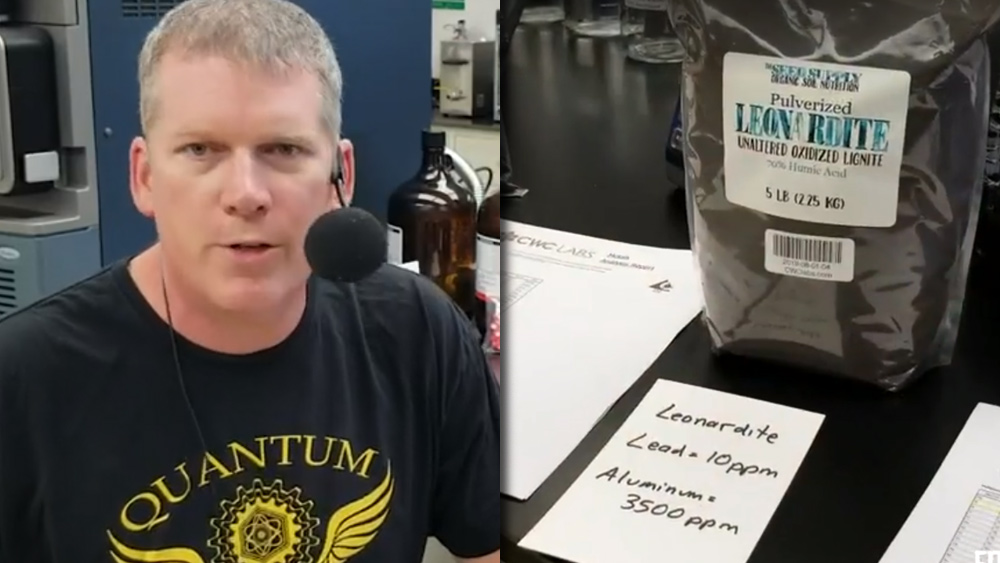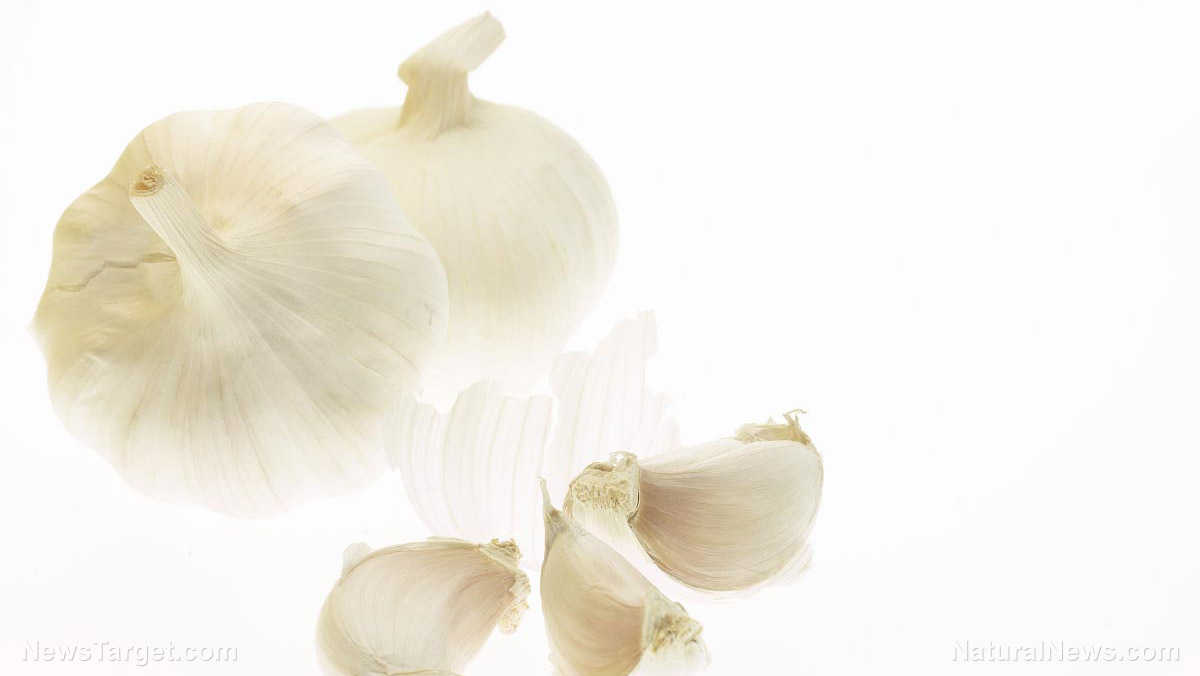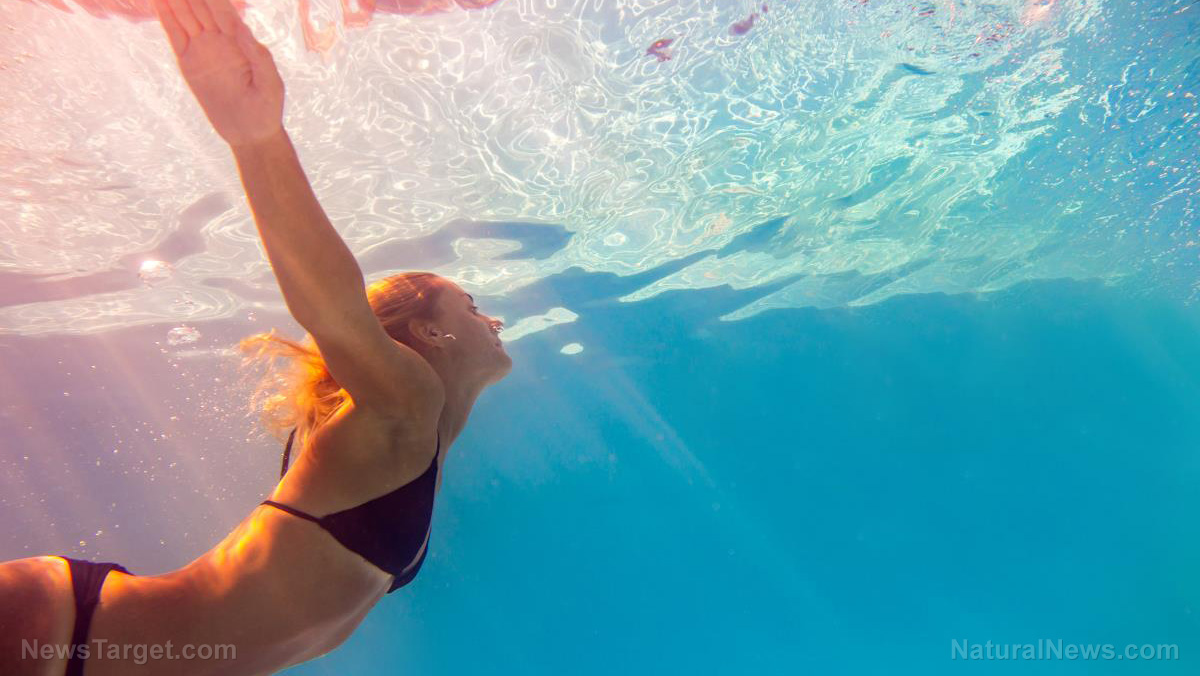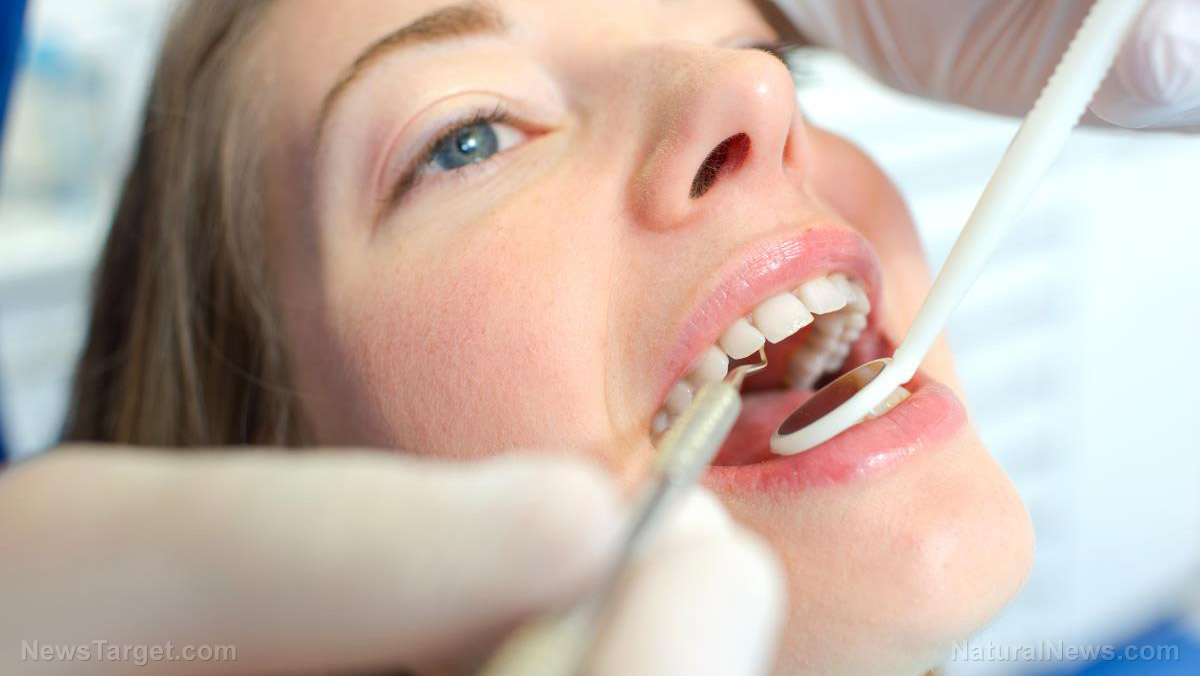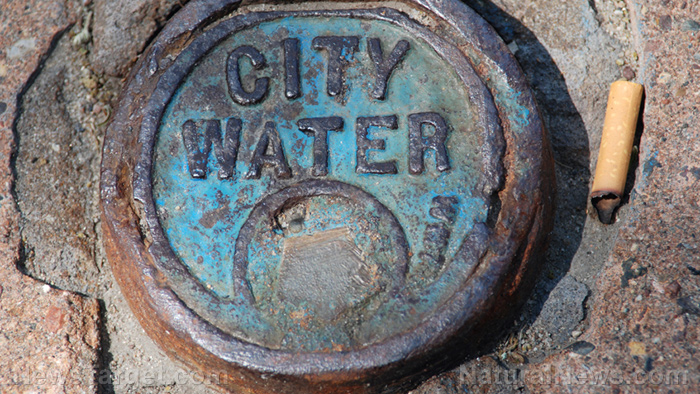The culprit behind coastal sea turtle die-offs in Australia finally identified: Heavy metals
08/18/2019 / By Edsel Cook
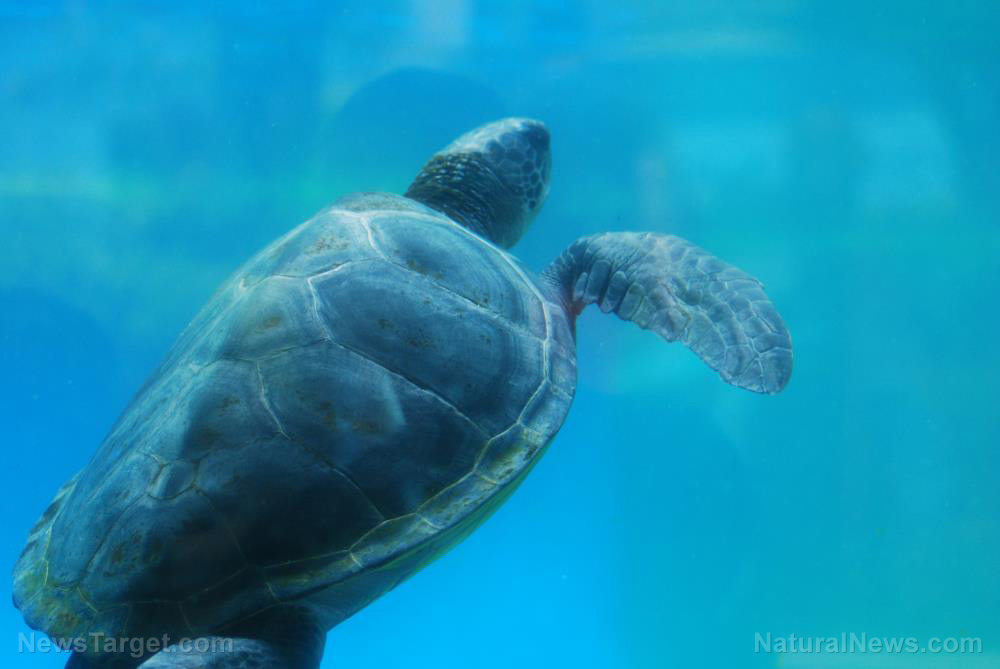
Researchers determined the reason for a decline in the numbers of green sea turtles (Chelonia mydas) in Australian waters. They learned that high levels of heavy metals contributed to the deaths of many of these already endangered animals.
The Ohio State University (Ohio State) team investigated the health of the green sea turtles and the quality of the water in the animals’ home environment. Their findings warned about the severe effects of accumulated human industrial pollution on oceans and marine life.
“We found evidence of heavy metals — particularly cobalt — in sea turtle populations where we also saw signs of illness,” explained Ohio State researcher Mark Flint. “Though we can’t be sure what caused this, there were cyclones and major flooding in this part of Australia two years prior to the start of our study, and that could have drawn out sediment rich in heavy metals that had been lying in rivers and streams benign for the past 50 years.”
The World Wide Fund for Nature-Australia (WWF) supported the study as part of its Rivers to Reef to Turtles conservation program. (Related: Rapid recovery: Humpbacks are making a comeback that could overwhelm the Southern Ocean, push numbers back down.)
Agricultural and urban pollution are weakening green sea turtles in Australia
Green sea turtles got their name from the color of their body fat. One of the biggest sea turtles, they live in tropical and subtropical waters.
Many such turtles live in the Great Barrier Reef of Australia. They tend to stick to the bays and sheltered shores of both the continent and its smaller islands.
The Ohio State study examined the green sea turtle populations at Cleveland and Upstart Bays in northern Queensland. Both sites were affected by agricultural and urban human activities.
It also looked at turtles in the Howick Group of islands. The animals in this cleaner region served as the control group.
Researchers performed physical exams and ran tests on blood samples. They also counted barnacles on the underside of the turtles, with higher numbers corresponding to poorer health.
“An unhealthy turtle often has trapped air in its shell and is buoyant, meaning it can’t dive down for food,” explained Flint, whose earlier study showed that feeding trips to the seafloor scraped barnacles off the undersides. “Also, a turtle that can’t dive sits on the surface of the water where algae and barnacles can grow better.”
When they came across a dead turtle, the researchers ran a battery of tests and processes.
Green sea turtles may be getting sick from exposure to cobalt and other heavy metals
The Ohio State study showed that green sea turtles in Cleveland Bay displayed elevated levels of creatine kinase in their blood. The enzyme got released in response to illnesses or muscle-related injuries.
Furthermore, the turtles at Upstart Bay showed higher numbers of white blood cells. These cells fight pathogens and proliferate during infections.
In terms of barnacle growth, a turtle was considered to have high levels if it bore 16 or more of the arthropods on its body. Twenty percent of the young turtles found at Cleveland Bay and 10 percent of their Upstart Bay counterparts showed excessive numbers of barnacles on them.
Meanwhile, none of the turtles at the cleaner Howick islands sported large numbers of barnacles.
The study ran from 2014 to 2017. At the time of its closing, the researchers noted that the Cleveland Bay green sea turtles showed signs of recovery. The Upstart Bay population, however, were still suffering from high levels of white blood cells and barnacles.
Further, Flint’s team found evidence of heavy metals in the blood of the turtles. The most prominent toxic element was cobalt, which saw widespread use in many industrial processes.
Sources include:
Tagged Under: animal conservation, cobalt, Endangered species, oceans and marine life, Sea Turtles, turtles, wildlife conservation
RECENT NEWS & ARTICLES
COPYRIGHT © 2017 HEAVY METALS NEWS

